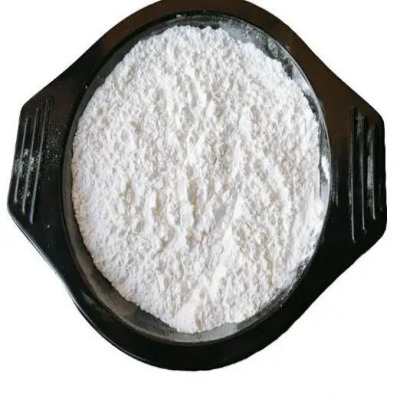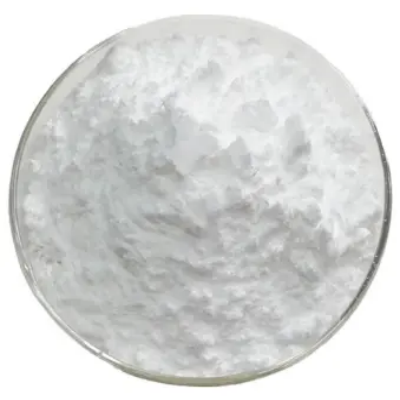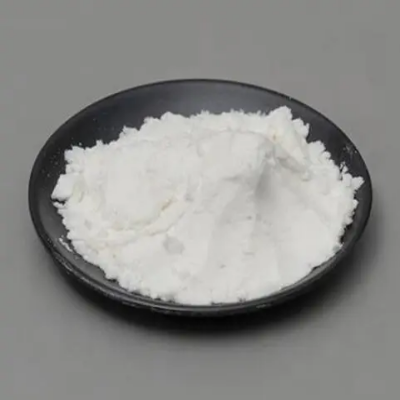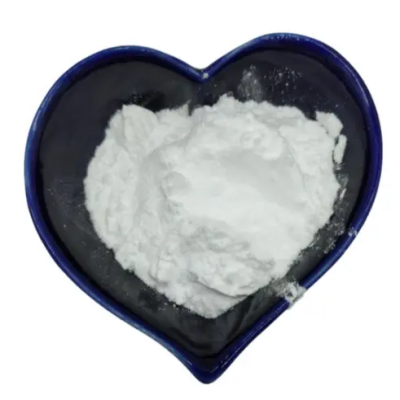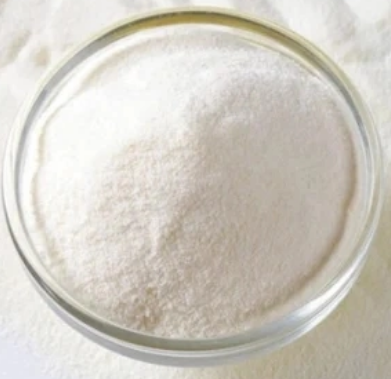Aniracetam CAS:72432-10-1
Aniracetam, a member of the racetam family, is a synthetic nootropic compound widely acknowledged for its cognitive-enhancing effects. Its chemical structure, described as 1-(4-methoxybenzoyl)-2-pyrrolidinone, distinguishes it from other racetams, such as piracetam. Developed in the 1970s by the pharmaceutical company Hoffmann-La Roche, aniracetam has attracted attention for its potential to improve cognitive functions like memory, attention, and learning. One of the key features of aniracetam is its ability to modulate neurotransmitter systems, particularly those involving acetylcholine and glutamate. It enhances the release of acetylcholine, a neurotransmitter integral to learning and memory processes, while also acting as an ampakine, increasing the efficiency of glutamate receptors. This dual action may facilitate synaptic plasticity, the foundation of memory formation, making aniracetam a promising candidate for addressing cognitive deficits associated with aging and neurodegenerative diseases. Research has indicated that aniracetam may also possess anxiolytic (anxiety-reducing) properties, contributing to improved mood and emotional well-being. Some users report enhanced creativity and focus, further highlighting its potential utility beyond traditional cognitive enhancement. Despite its popularity in the nootropic community, regulatory status varies globally; aniracetam is often available as a dietary supplement rather than a prescription drug. Clinical studies have shown mixed results, leading to ongoing debates regarding its efficacy. Future research aims to clarify aniracetam’s precise mechanisms of action and assess its long-term safety and effectiveness. Investigations into its potential role in treating various cognitive disorders, such as Alzheimer's disease and attention deficit hyperactivity disorder (ADHD), remain a focus. In summary, aniracetam stands out as a notable nootropic with possible benefits for cognition, mood, and creativity. Continued exploration of its pharmacological properties may yield valuable insights into its therapeutic applications and enhance our understanding of cognitive function.



| Composition | C12H13NO3 |
| Assay | 99% |
| Appearance | white powder |
| CAS No. | 72432-10-1 |
| Packing | Small and bulk |
| Shelf Life | 2 years |
| Storage | Store in cool and dry area |
| Certification | ISO. |




